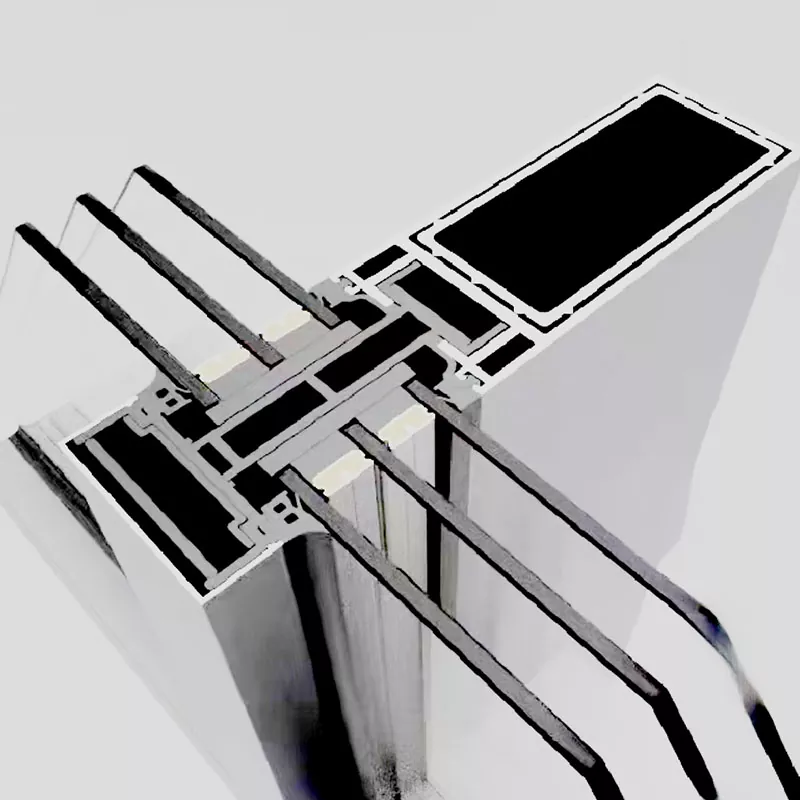What Are The Fire Rating Requirements For Curtain Wall Profiles
2025-11-21
When specifying a building's envelope, understanding the fire rating requirements for Curtain Wall Profiles is not just a recommendation—it's a critical safety imperative. These systems must do more than just hold glass; they must act as a reliable barrier against fire and smoke spread. At Xinyi, we engineer our profiles to meet and exceed the most stringent international fire performance standards, providing architects and developers with peace of mind. The primary ratings you'll encounter focus on integrity (E), insulation (I), and in some cases, radiation (W), which together determine how long a system can contain a fire.
How Do Xinyi Profiles Meet Key Fire Performance Standards
Our commitment to safety is embedded in our product design. The Xinyi Fire-Resistant Series is meticulously tested and certified to deliver consistent performance under extreme conditions. The core of our design involves integrating non-combustible thermal barriers and intumescent seals that expand when heated, effectively sealing off gaps.
Key product parameters include:
-
Fire Resistance Rating: Achieves up to 120 minutes of integrity (E) and insulation (I) as per ASTM E119 and EN 1364-1 standards.
-
Core Material: A specially formulated, low-thermal-conductivity material with a Class A1 non-combustible rating.
-
Intumescent Seal Integration: Pre-installed seals within the profile groove that expand to over 10 times their volume at high temperatures.
-
Melting Point: The aluminum alloy used maintains structural stability up to 660°C, while the integrated thermal break remains effective.
The following table compares standard profiles with our engineered fire-resistant solution:
| Feature | Standard Profile | Xinyi Fire-Resistant Profile |
|---|---|---|
| Fire Integrity (E) | Typically 30-60 minutes | Up to 120 minutes |
| Fire Insulation (I) | Often not rated | Up to 120 minutes |
| Smoke Leakage | Standard gaskets | Specialized smoke control gaskets |
| System Certification | Local standards | International (UL, EN) certifications |
Frequently Asked Questions About Fire Ratings
What is the difference between EI and EW ratings
EI ratings ensure a curtain wall provides both Integrity (no passage of flames/hot gases) and Insulation (the unexposed side does not exceed a set temperature rise). An EW rating provides Integrity but has limited, or no, Insulation requirement, meaning heat can transfer through. For occupant safety and compartmentalization, an EI rating is typically mandated for Curtain Wall Profiles in high-rises.
How does the connection between the curtain wall and the floor slab affect the fire rating
This is a critical detail. Even with EI-rated Curtain Wall Profiles, a gap at the floor-slab interface is a vulnerability. Our Xinyi systems include custom-designed fire-rated spandrel panels and cavity barriers that integrate seamlessly with the profiles to maintain the continuous fire barrier, ensuring the entire assembly performs as a unified system.
Are there specific glazing requirements for a fire-rated curtain wall system
Absolutely. The fire rating is a system achievement. The glass must be fire-rated to the same duration as the Curtain Wall Profiles. Using standard insulating glass units will compromise the entire assembly. We provide fully certified systems that include compatible, tested fire-rated glazing to guarantee the published performance.
Ensure Your Project's Compliance and Safety
Navigating the complex landscape of fire safety codes can be challenging. Don't leave compliance to chance. Partner with a manufacturer that prioritizes safety through rigorous engineering and certified systems. Let our technical experts at Xinyi provide you with the documentation and support you need for your next project.
Contact us today for detailed test reports, BIM files, and a consultation to specify the right fire-rated solution for your design.
